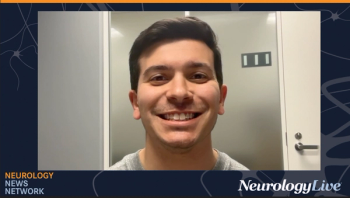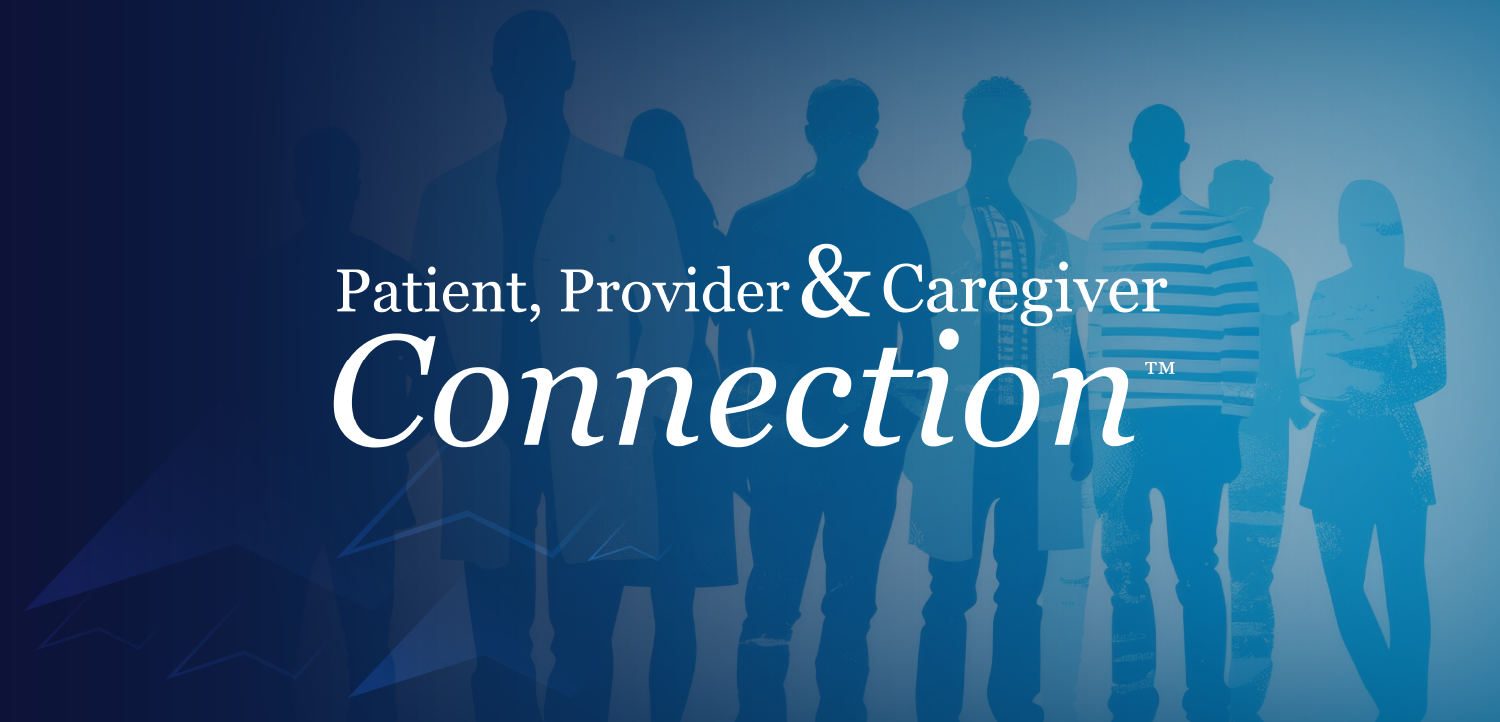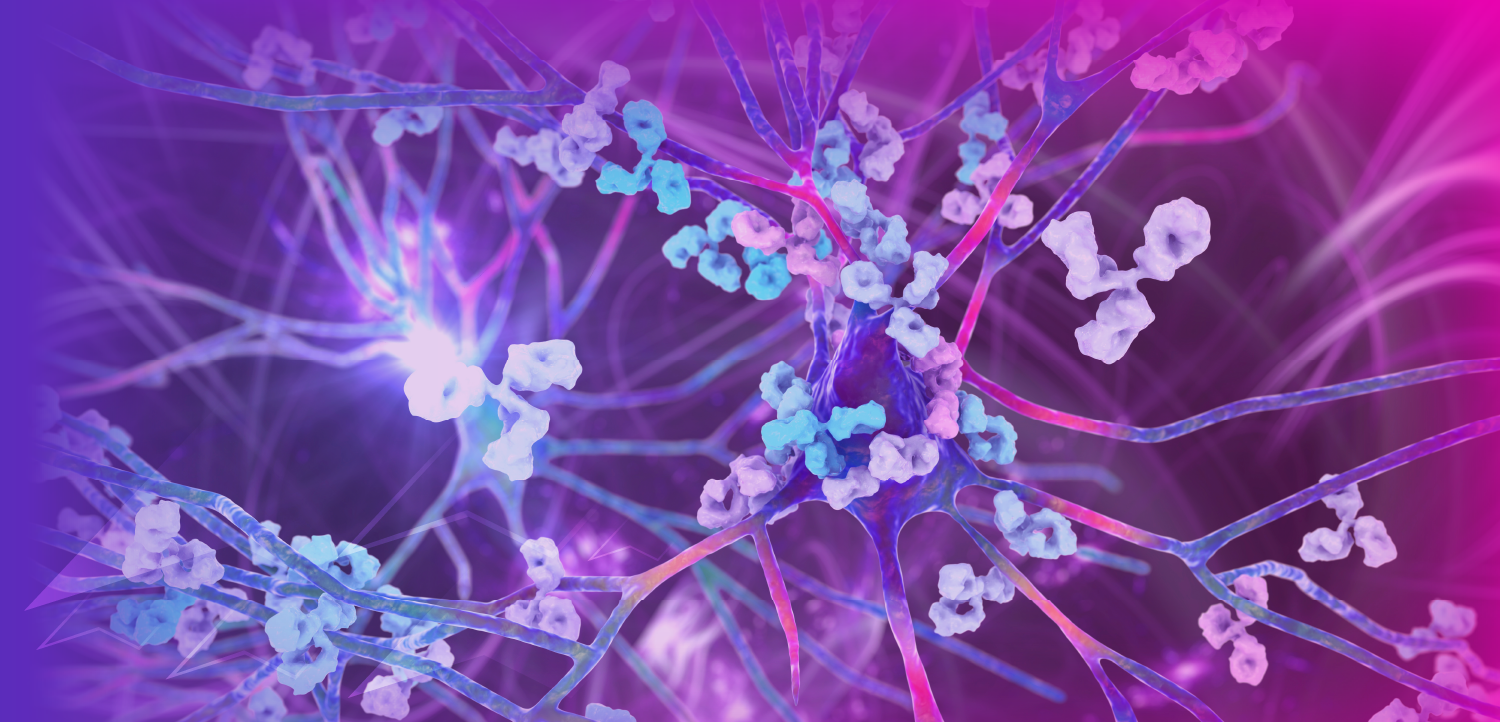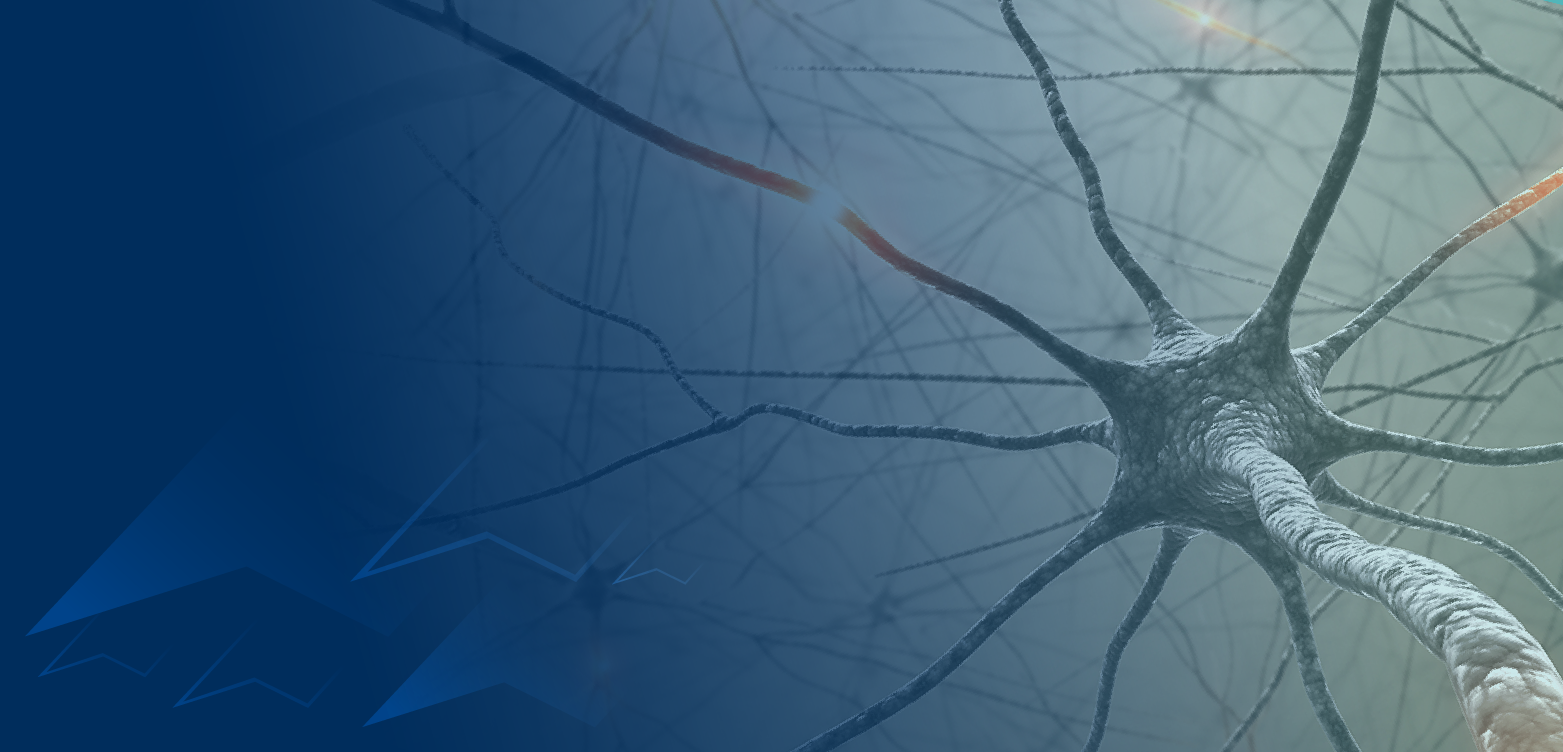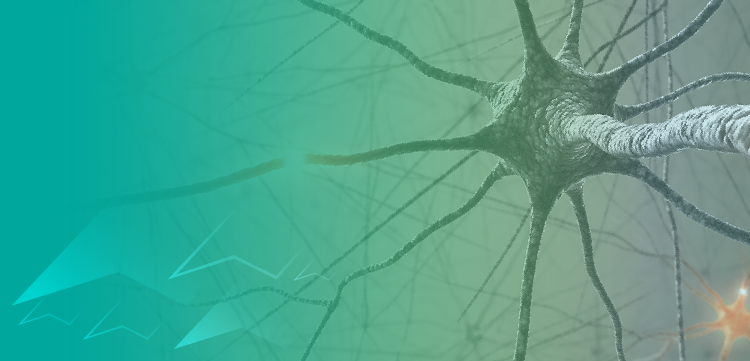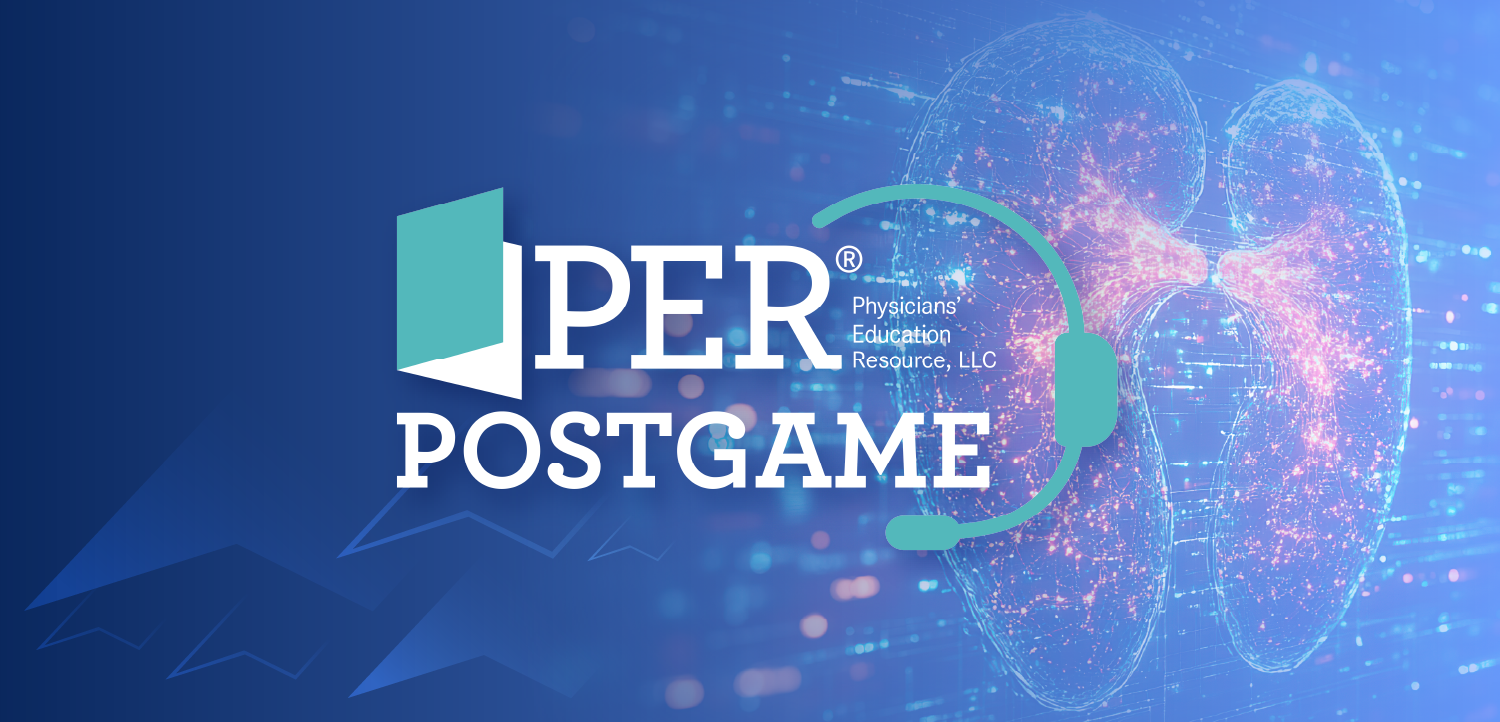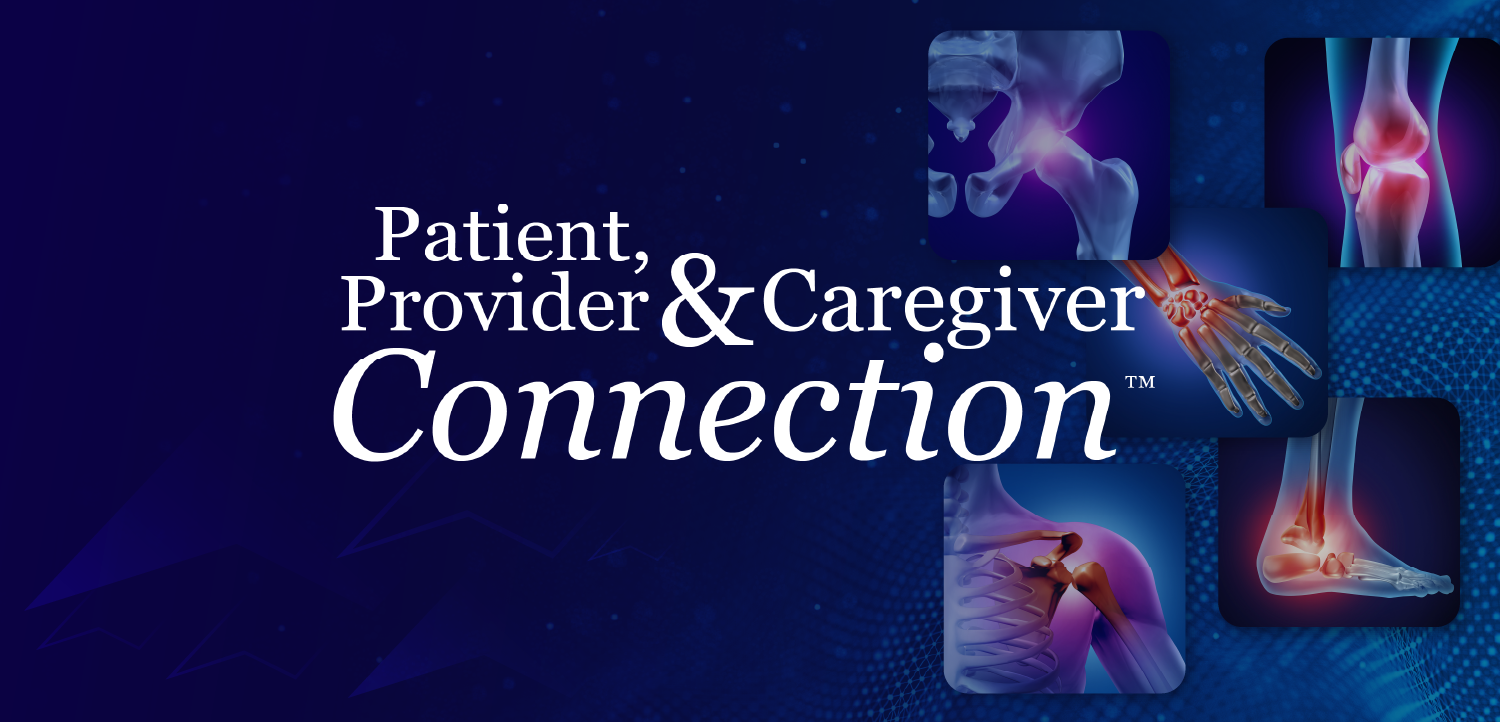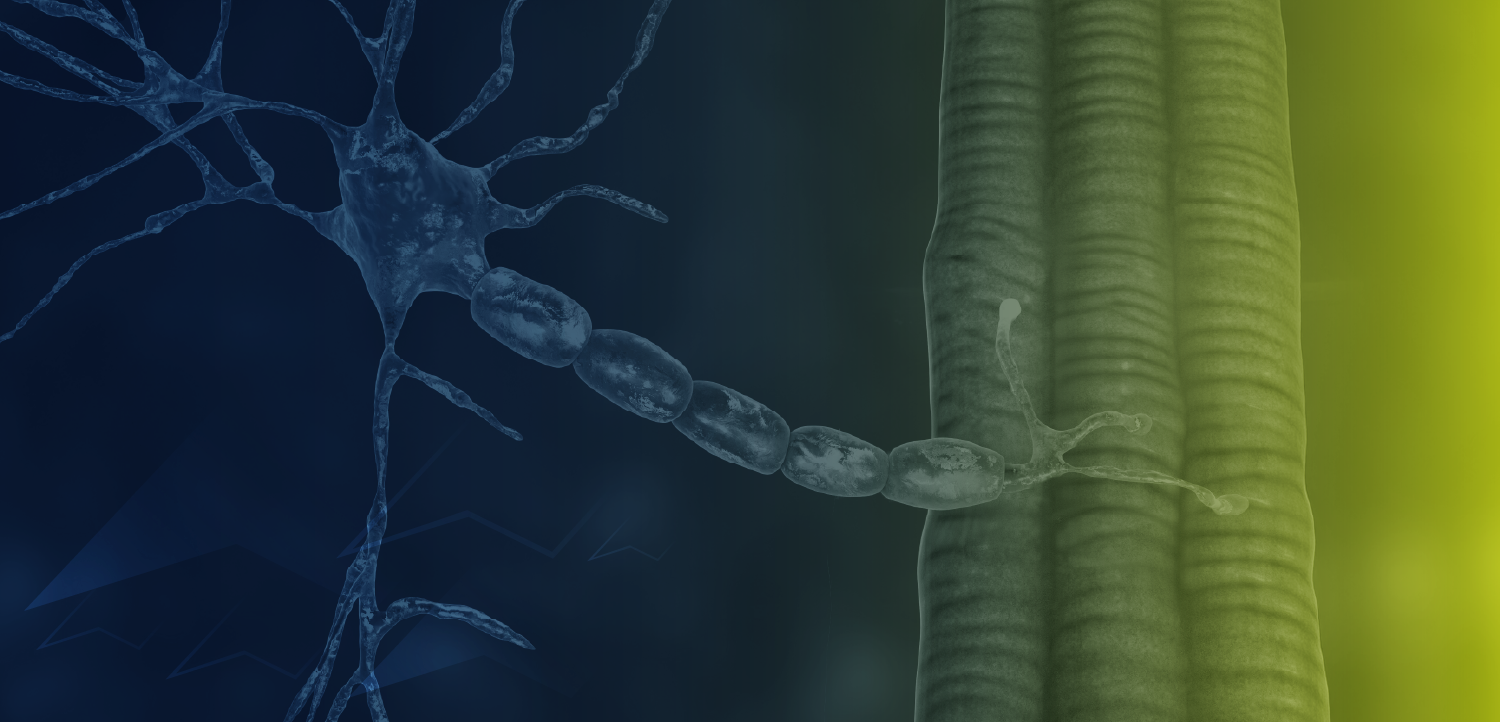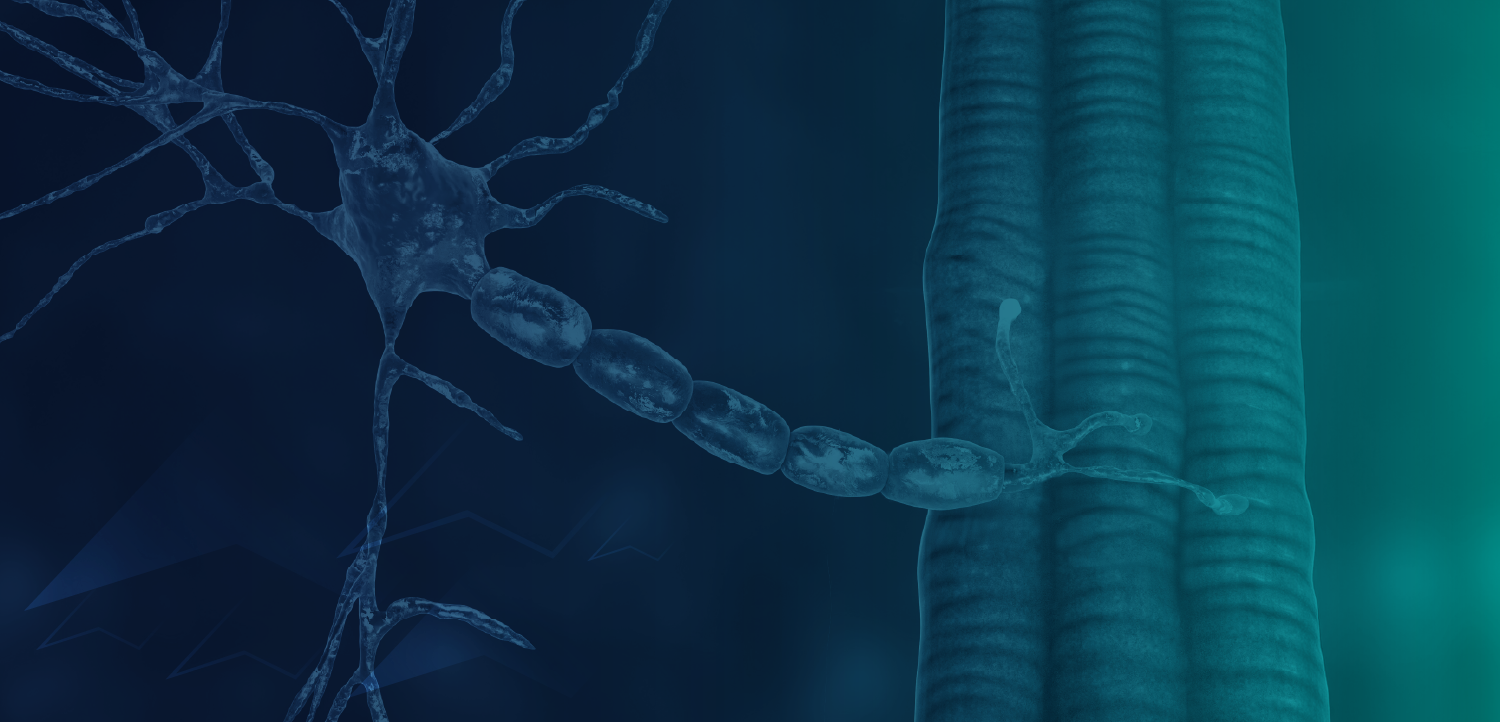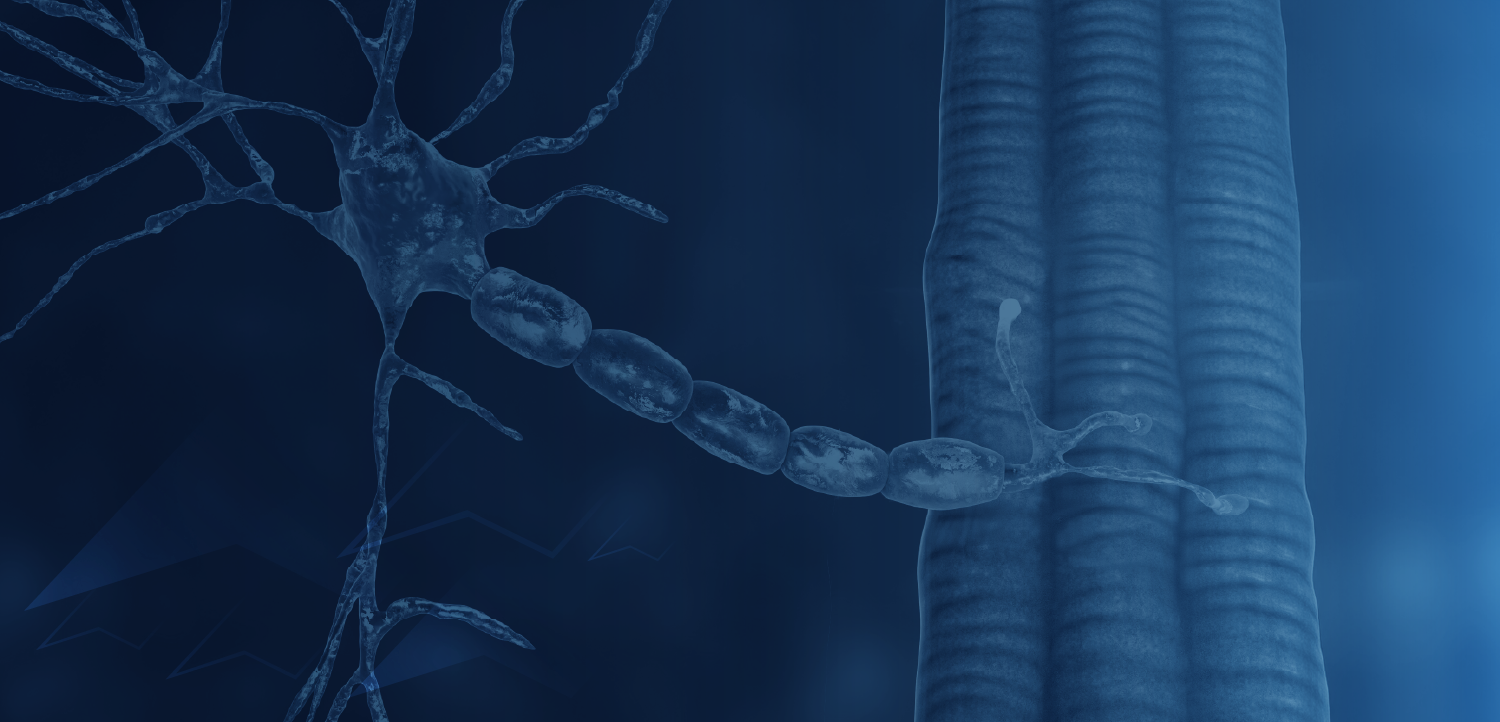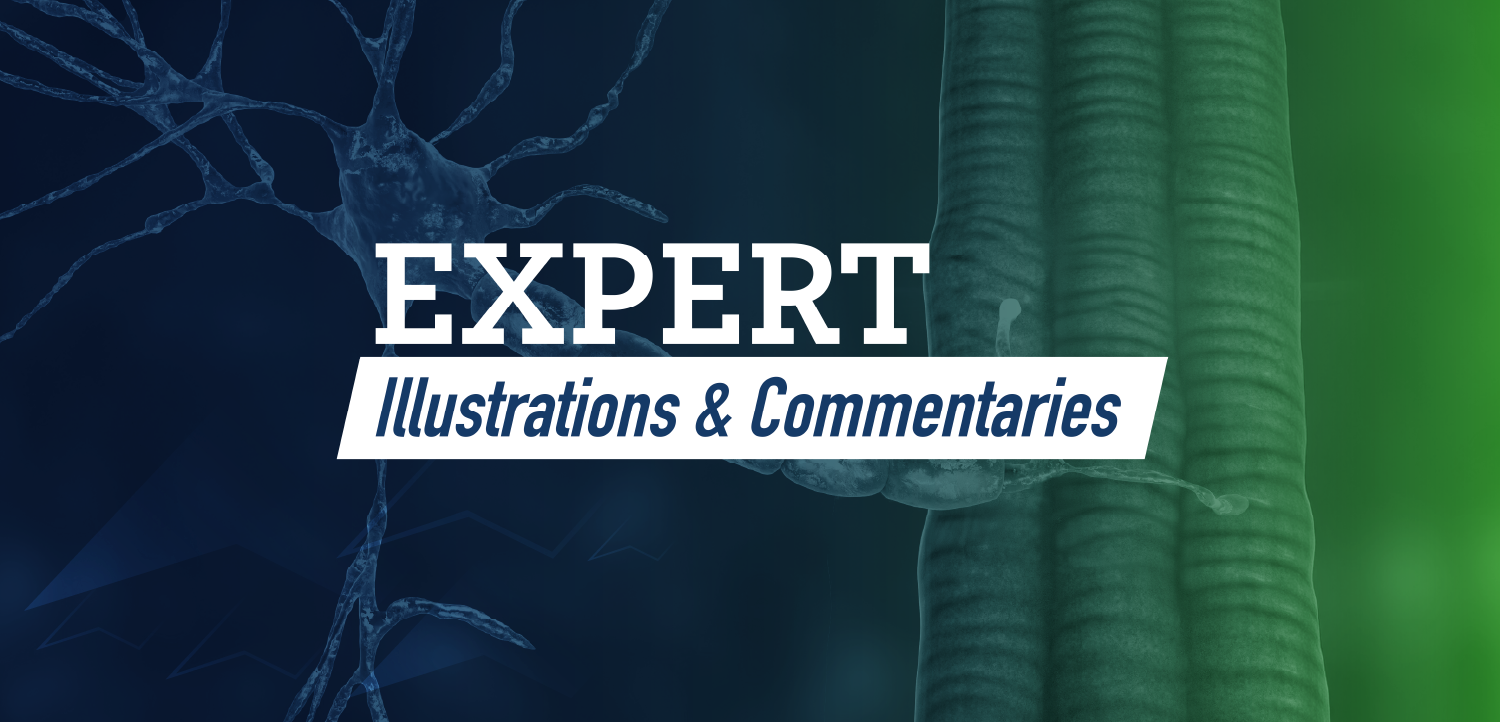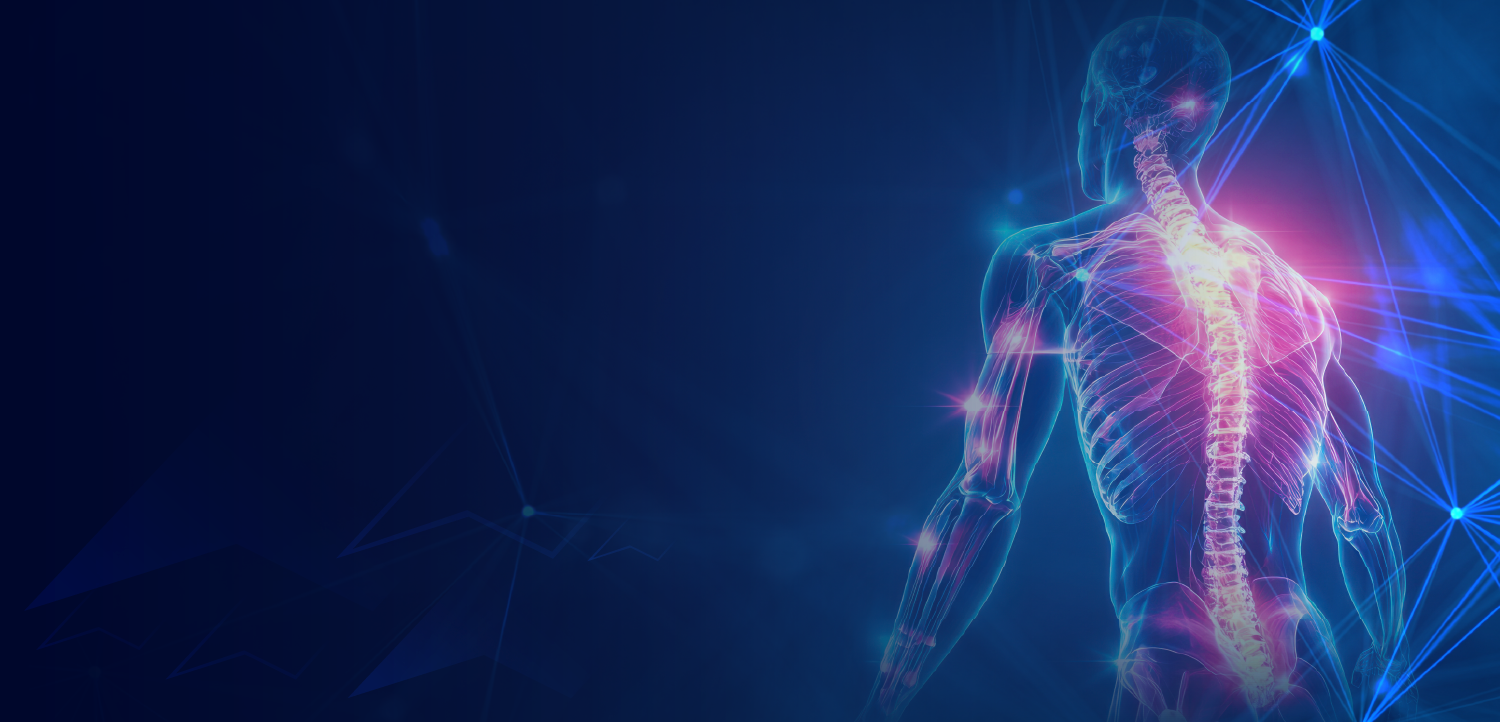
PAP Treatment May Improve Parkinson-Related Cognitive Function
Key Takeaways
- Positive airway pressure (PAP) therapy improved cognitive function in Parkinson's disease patients with obstructive sleep apnea over six months.
- The study found significant improvements in executive and psychomotor functions, sleep quality, and non-motor symptoms with PAP therapy.
PAP therapy significantly improved cognitive function, particularly executive and psychomotor skills, in patients with Parkinson disease with comorbid obstructive sleep apnea.
Recently published findings from the COPE-PAP trial showed that use of positive airway pressure (PAP) may improve cognitive function, as well as possibly patient-reported and motor outcomes, among patients with Parkinson disease (PD) who also have obstructive sleep apnea (OSA).1
Published in Sleep, the study randomly assigned 94 patients with PD and OSA to either PAP (n = 48) or nasal dilator strips (n = 47), considered placebo, for 6 months. Led by Marta Kaminska, MD, MSc, BSc, an associate professor at McGill University, the study evaluated changes in cognition through the Montreal Cognitive Assessment (MoCA) scale, with patients entering the study with a MoCA score of 27 or less. All participants were analyzed in the intent-to-treat (ITT) except 1 participant in the control arm whose diagnosis was changed from PD.
In the ITT, after 6 months of treatment, those in the PAP group showed MoCA score improvements of 0.60 (SD, 2.37) whereas those in the placebo group declined by 0.39 (SD, 2.79; between-group difference, 1.00; 95% CI, –0.06 to 2.05). After adjusting for age, sex, and body mass index (BMI), the difference in change in MoCA at 6 months between groups was 1.28 (95% CI, 0.18-2.37), showing an improvement in the PAP group compared with controls. Further adjusting for baseline depression scores, hypertension, and change in psychoactive medication during the study period, investigators recorded between-group differences of 1.44 (95% CI, 0.09-2.79) in MoCA.
"This is the largest and longest duration RCT to date of PAP treatment of OSA in a neurodegenerative condition,” Kaminska et al wrote. "Our results suggest those patients with PD who are able to adhere to this therapy over a six-month period benefit with respect to cognition, primarily in executive and psychomotor function, and also sleep quality, depression symptoms, and non-motor symptoms globally, as well as motor function. We propose that integrated PD care should include screening for and treatment of OSA, to reduce the burden of these symptoms among patients."
READ MORE:
In a subset of 59 participants with no medication changes over 6 months (25 in the PAP group, 34 in the control group), the MoCA score improved by 1.46 points in the PAP group compared to the control group, after adjusting for age, sex, BMI, baseline depression scores, and hypertension. Per protocol analysis showed a 6-month MoCA score improvement of 0.91 (SD 2.54) in the treatment group, while the control group declined by 0.44 (SD 2.93), with a significant between-group difference of 1.35 (95% CI, 0.078-2.62). Adjusted analyses, including changes in psychoactive medication, showed an improvement of 1.43 (95% CI, 0.054-2.81).
The Complier Average Causal Effect (CACE) for MoCA was 1.37, 95% CI (0.063, 2.94), based on a compliance rate of 72.9% (35 of 48 participants, including two adherent participants with carried-forward data). When compliance was defined as use >3 hours per night on all nights, with a compliance rate of 31% (15 of 48), the CACE increased to 3.19, 95% CI (0.11, 8.18).
Neurocognitive assessment results showed that the APAP group improved on several executive and psychomotor tests in both ITT and per protocol analyses, including inhibition/switching tasks, Tower of London (number of moves, correct score, execution time, and total time—per protocol only), and complex motor tasks (left hand tapping, bi-manual in-phase and out-of-phase tapping). The control group improved in letter sequencing (per protocol only), number/letter switching, two language tasks, and right hand tapping (ITT only). No significant between-group differences were observed.
At six months, 35 participants continued PAP therapy, with a mean use of 3 hours 6 minutes per night across all days and 6 hours 13 minutes per night on days used, achieving use on 69.0% of days. The median residual AHI was 2.9/hr. Three participants did not complete the final outcome assessment due to the COVID-19 pandemic and other reasons, leaving 33 participants in the per protocol group. Among these, the mean nightly PAP use was 3 hours 14 minutes on all days and 4 hours 19 minutes on days used, with 70.9% of days showing usage. The median residual AHI remained 2.9/hr.
REFERENCE
1. Lajoie AC, Lafontaine AL, Kimoff RJ, et al. Cognition and obstructive sleep apnea in Parkinson’s disease: randomized controlled trial of positive airway pressure (COPE-PAP trial). Sleep. Published online February 13, 2025. doi:10.1093/sleep/zsaf038
Newsletter
Keep your finger on the pulse of neurology—subscribe to NeurologyLive for expert interviews, new data, and breakthrough treatment updates.

